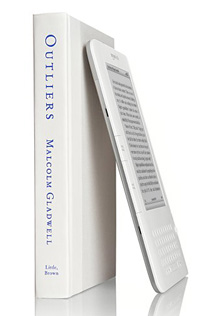 Let’s go back to the basics in this post and start to rethink how we express ourselves to the world. Most companies have a slogan or a tag line that pretty much sums up what they offer, what they believe in, what they stand for, their guarantee or promise, or something along those lines. Ok, fair enough.
Let’s go back to the basics in this post and start to rethink how we express ourselves to the world. Most companies have a slogan or a tag line that pretty much sums up what they offer, what they believe in, what they stand for, their guarantee or promise, or something along those lines. Ok, fair enough.
And we all know the benefit of a slogan – to remind people of SOMETHING about you. It’s your brand, short, sweet and to the point; it’s you in a nut shell. It’s what you want the consumer to remember about your brand. Got it.
But what separates a good slogan from a bad slogan? Well, my friend, all slogans were not created equal! What’s the difference between a few words strung together and a memorable tag line that can last for decades without losing any meaning?
It’s EMOTION.
Contrary to popular belief, it’s not all about the hokey pokey. It’s actually all about emotion. That’s what makes something memorable. To use Al Ries’ example from his last Ad Age article (which, by the way, is so insightful, as usual), it’s one thing when you want to send a package overnight. But when it “absolutely, positively” has to get there, well you’re gonna use Fed Ex, now aren’t you?











